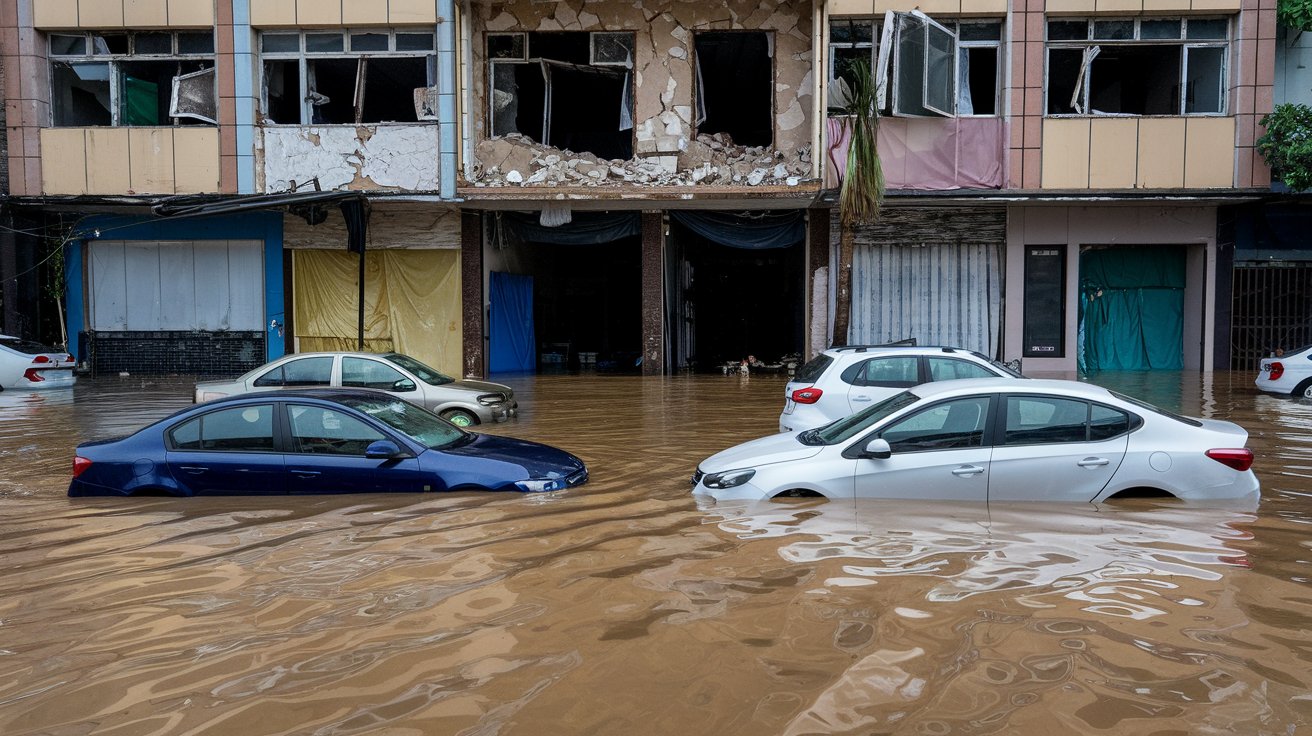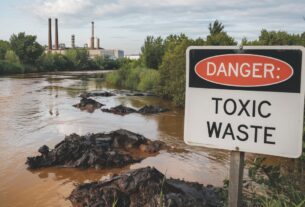As the world grapples with the increasing frequency and severity of natural disasters, the importance of catastrophe insurance cannot be overstated. From floods to earthquakes, these events can have devastating effects on individuals, businesses, and communities, making it essential to have adequate insurance coverage. In this article, we will delve into the world of catastrophe insurance, exploring its significance, benefits, and types, as well as providing valuable insights and tips for those looking to protect themselves against the unpredictable forces of nature.
Catastrophe insurance is a type of insurance that provides financial protection against losses resulting from natural disasters, such as floods, earthquakes, hurricanes, and wildfires. This type of insurance is essential for individuals, businesses, and governments, as it helps to mitigate the financial impact of these events, enabling them to recover and rebuild more quickly. Without catastrophe insurance, the consequences of a natural disaster can be crippling, leading to financial ruin, displacement, and even loss of life. The importance of catastrophe insurance cannot be overstated, as it provides a financial safety net, allowing individuals and businesses to recover and rebuild in the aftermath of a disaster.
In recent years, the frequency and severity of natural disasters have increased, with floods, earthquakes, and hurricanes causing widespread destruction and loss of life. The economic impact of these events has been staggering, with many businesses and individuals struggling to recover from the devastating effects. This highlights the need for effective catastrophe insurance, which can provide the necessary financial support to help individuals and businesses get back on their feet. Furthermore, catastrophe insurance can also help to reduce the financial burden on governments, which often have to provide financial assistance to affected communities. By having adequate catastrophe insurance in place, individuals and businesses can help to reduce the economic impact of natural disasters, ensuring that they are better equipped to withstand the unpredictable forces of nature.
Understanding Catastrophe Insurance: Types and Coverage
Catastrophe insurance can be broadly categorized into several types, including flood insurance, earthquake insurance, and hurricane insurance. Each type of insurance provides coverage for specific types of natural disasters, with the coverage varying depending on the policy. For example, flood insurance typically covers damage caused by flooding, while earthquake insurance covers damage caused by seismic activity. Hurricane insurance, on the other hand, covers damage caused by high winds and storm surges. It is essential to understand the different types of catastrophe insurance and the coverage they provide, as this can help individuals and businesses to make informed decisions about their insurance needs. Moreover, catastrophe insurance can also be tailored to meet the specific needs of individuals and businesses, with policies available for homes, businesses, and even governments.
When it comes to catastrophe insurance, it is crucial to understand the coverage and exclusions of each policy. This can help individuals and businesses to make informed decisions about their insurance needs, ensuring that they have adequate coverage in place. For example, some policies may exclude certain types of damage, such as damage caused by landslides or wildfires. Others may have deductibles or limits on the amount of coverage, which can impact the level of financial protection provided. By carefully reviewing the terms and conditions of a policy, individuals and businesses can ensure that they have the right level of coverage in place, providing them with peace of mind and financial protection in the event of a natural disaster. Additionally, it is also essential to work with a reputable insurance provider, one that has a proven track record of paying claims and providing excellent customer service.
The Benefits of Catastrophe Insurance: Why You Need It
The benefits of catastrophe insurance are numerous, with this type of insurance providing financial protection, peace of mind, and a range of other advantages. For individuals, catastrophe insurance can provide a financial safety net, enabling them to recover from the devastating effects of a natural disaster. Without catastrophe insurance, the financial impact of a disaster can be crippling, leading to financial ruin and even homelessness. By having adequate insurance coverage in place, individuals can ensure that they have the financial resources needed to recover and rebuild, reducing the risk of financial hardship and emotional distress. Furthermore, catastrophe insurance can also provide businesses with a range of benefits, including business interruption coverage, which can help to mitigate the financial impact of a disaster on business operations.
In addition to providing financial protection, catastrophe insurance can also provide individuals and businesses with peace of mind. When a natural disaster strikes, the last thing on your mind should be worrying about the financial impact. With catastrophe insurance, you can have confidence that you have the necessary financial resources in place to recover and rebuild, allowing you to focus on the things that matter most. This peace of mind can be invaluable, reducing stress and anxiety, and enabling individuals and businesses to get back on their feet more quickly. Moreover, catastrophe insurance can also help to support economic growth and development, by providing businesses with the financial security they need to invest and expand. By mitigating the financial risks associated with natural disasters, catastrophe insurance can help to create a more stable and resilient economy.
Catastrophe insurance can also play a critical role in supporting community resilience and recovery. When a natural disaster strikes, it is not just individuals and businesses that are affected, but also the wider community. By providing financial support to affected communities, catastrophe insurance can help to facilitate recovery and rebuilding efforts, enabling communities to get back on their feet more quickly. This can be particularly important in areas that are prone to natural disasters, where the frequency and severity of these events can have a significant impact on community cohesion and social fabric. By supporting community resilience and recovery, catastrophe insurance can help to promote social and economic stability, reducing the risk of long-term damage to communities and economies.
Assessing Your Catastrophe Insurance Needs: A Step-by-Step Guide
Assessing your catastrophe insurance needs is an essential step in ensuring that you have adequate coverage in place. This involves identifying the types of natural disasters that are most likely to affect you, as well as the level of risk associated with each type of disaster. For example, if you live in an area that is prone to flooding, you may need to prioritize flood insurance, while those living in earthquake-prone areas may need to prioritize earthquake insurance. It is also essential to consider the value of your assets, including your home, business, and other possessions, as this can help to determine the level of coverage you need. By taking a proactive approach to assessing your catastrophe insurance needs, you can ensure that you have the right level of coverage in place, providing you with financial protection and peace of mind.
When assessing your catastrophe insurance needs, it is also essential to consider the specific risks associated with your location. This can include factors such as proximity to fault lines, flood zones, or other areas that are prone to natural disasters. By understanding the specific risks associated with your location, you can tailor your insurance coverage to meet your unique needs, providing you with a higher level of financial protection. Moreover, it is also essential to review your insurance coverage regularly, as the risks associated with your location can change over time. This can help to ensure that your insurance coverage remains relevant and effective, providing you with ongoing financial protection against the unpredictable forces of nature.
In addition to assessing your catastrophe insurance needs, it is also essential to work with a reputable insurance provider. This can help to ensure that you have access to a range of policies and coverage options, as well as expert advice and guidance. A reputable insurance provider can help to guide you through the process of assessing your insurance needs, providing you with valuable insights and recommendations to help you make informed decisions about your insurance coverage. By working with a reputable insurance provider, you can ensure that you have the right level of coverage in place, providing you with financial protection and peace of mind in the event of a natural disaster.
Catastrophe Insurance and Government Support: Working Together for Recovery
Catastrophe insurance and government support are critical components of disaster recovery, working together to provide financial support and resources to affected individuals and communities. When a natural disaster strikes, governments often provide financial assistance to affected communities, including funds for relief efforts, rebuilding, and economic recovery. Catastrophe insurance can complement these efforts, providing additional financial support to individuals and businesses, and helping to facilitate recovery and rebuilding efforts. By working together, catastrophe insurance and government support can help to promote community resilience and recovery, reducing the risk of long-term damage to communities and economies.
In addition to providing financial support, government agencies can also play a critical role in promoting catastrophe insurance and disaster risk reduction. This can include initiatives such as public awareness campaigns, education and outreach programs, and incentives for individuals and businesses to purchase catastrophe insurance. By promoting catastrophe insurance and disaster risk reduction, governments can help to reduce the financial impact of natural disasters, while also promoting community resilience and recovery. Furthermore, governments can also work with insurance providers to develop and implement catastrophe insurance policies that are tailored to the specific needs of their communities, providing a higher level of financial protection and support.
Catastrophe insurance and government support can also work together to promote sustainable development and disaster risk reduction. By providing financial support and resources to affected communities, catastrophe insurance and government support can help to promote sustainable development, including the rebuilding of homes, businesses, and infrastructure. This can include the use of sustainable materials, design, and construction techniques, which can help to reduce the risk of damage from future natural disasters. By promoting sustainable development and disaster risk reduction, catastrophe insurance and government support can help to create more resilient communities, reducing the risk of long-term damage to communities and economies.
The Future of Catastrophe Insurance: Emerging Trends and Technologies
The future of catastrophe insurance is likely to be shaped by emerging trends and technologies, including advances in data analytics, artificial intelligence, and the Internet of Things (IoT). These technologies can help to improve the accuracy and efficiency of catastrophe insurance, enabling insurance providers to better assess and manage risk. For example, data analytics can be



